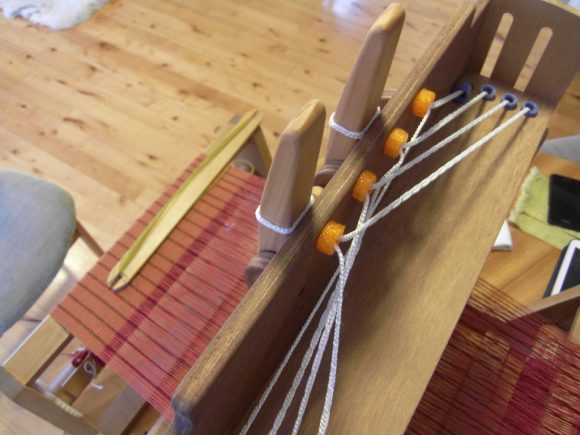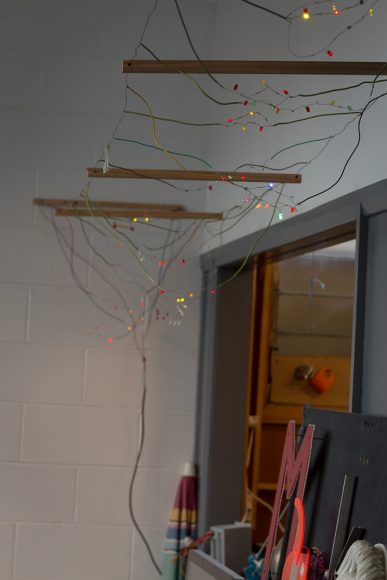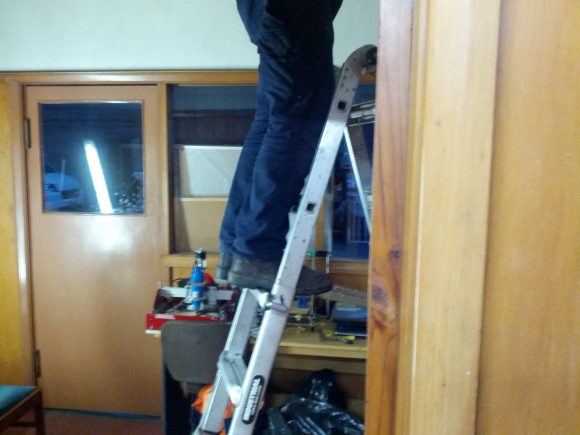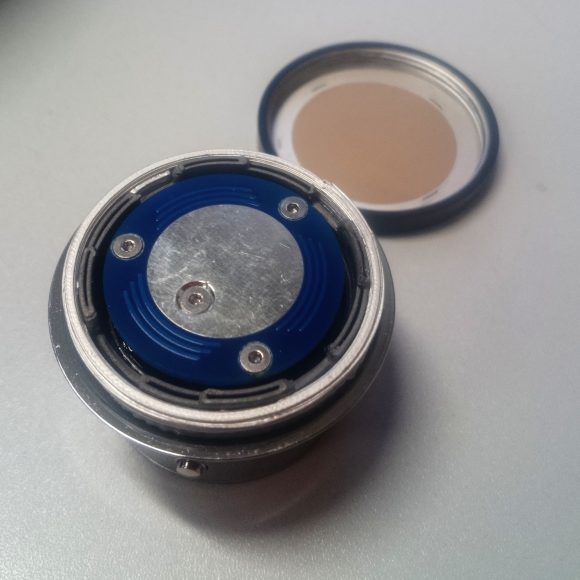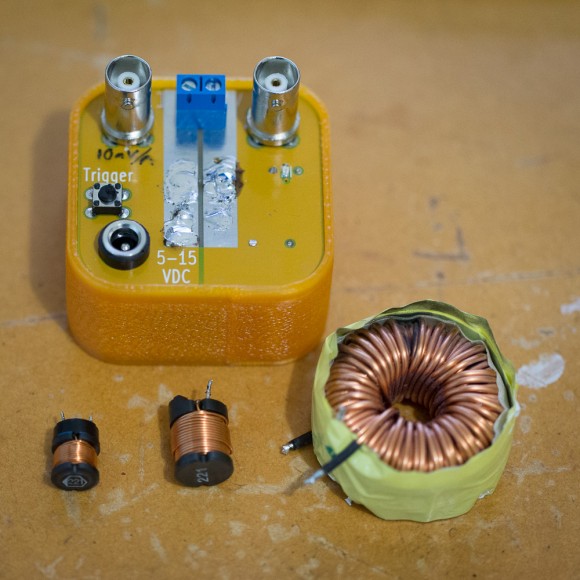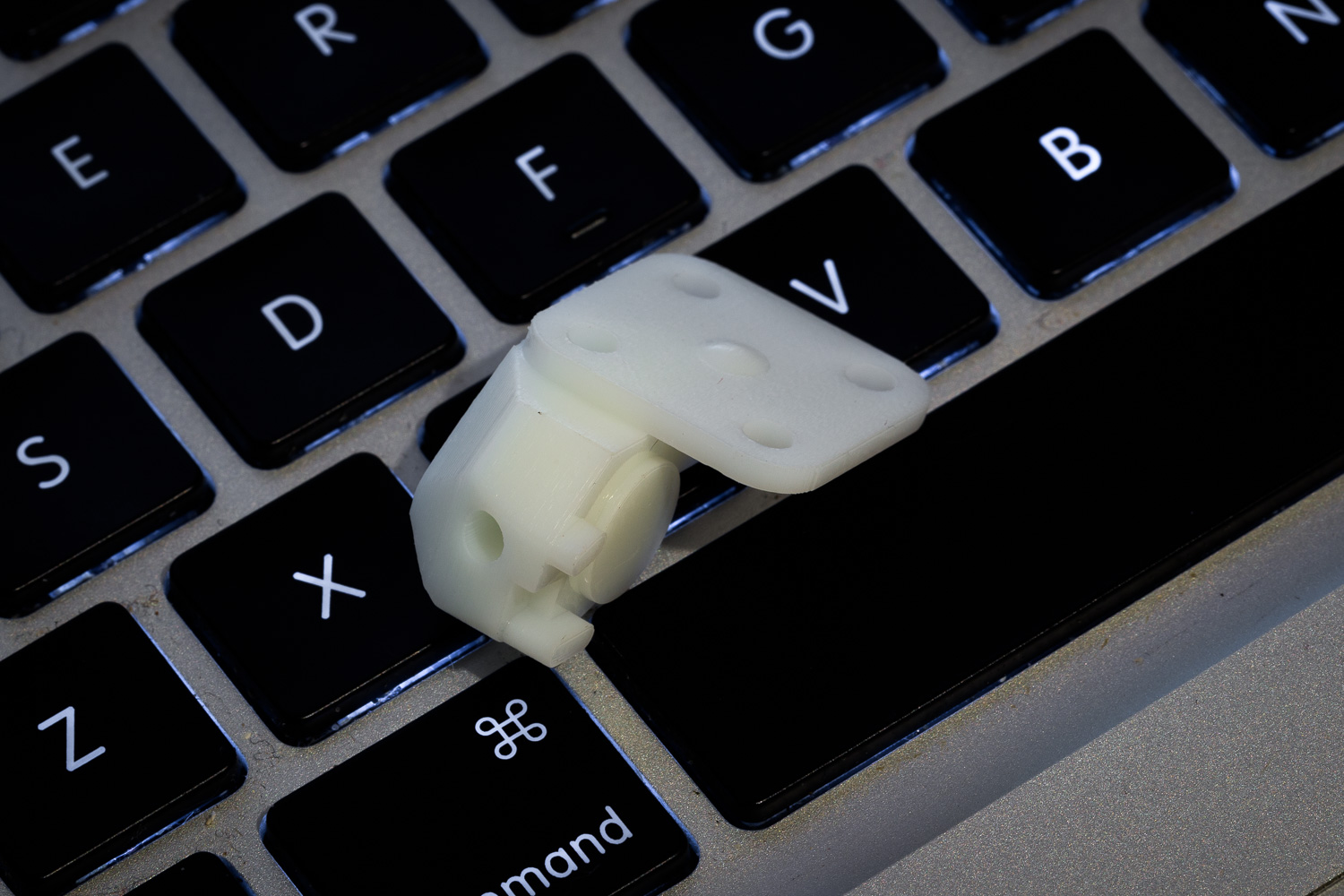
The first I heard of 3D printing machines was in the mid-90’s; I remember hearing of things described as “Santa Claus Machines” (perhaps this old Wired article https://www.wired.com/1994/05/santa-claus-machine/ had something to do with the name) which used computer-controlled UV light to harden a special resin. Dad bought a little bit of the resin, which I remember hearing was hideously expensive, and we had grand plans for making things with it, but we still haven’t got around to finishing the required CO2 laser’s power supply…
Fortunately, here in The Future, we can easily and inexpensively get UV lasers with power supplies, or even simple UV LEDs (remember, when that Wired article was written, blue LEDs were still a year or two away from Digikey’s phonebook-thin pages). The resin is still fairly expensive at ~$150NZD/L, so you’ll not want to be asking Santa for anything too big, but it’s approachable.
Of course, now everyone and their uncle has an FDM-type 3D printer, so dealing with the expensive resin and UV light isn’t so appealing anyways…
Except! SLA printers work really really well, and you can pay someone else to do the printing for you. Not even very much money – our friends at Dangerous Prototypes sent me the part at the top of this post (along with some circuit boards) for $3USD, and look at the quality!
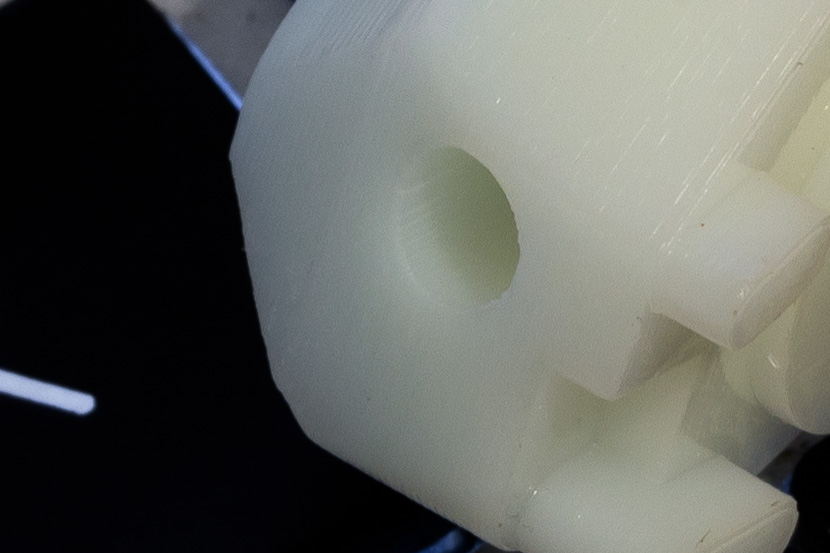
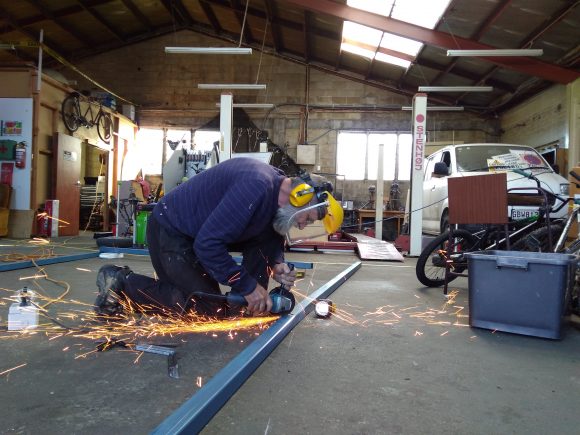
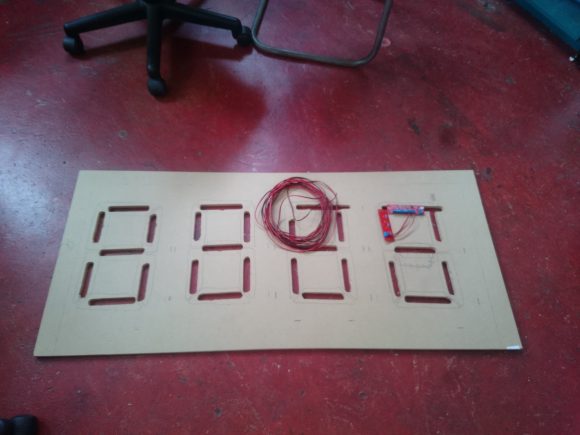
 They’re used like this, in table-top looms:
They’re used like this, in table-top looms: